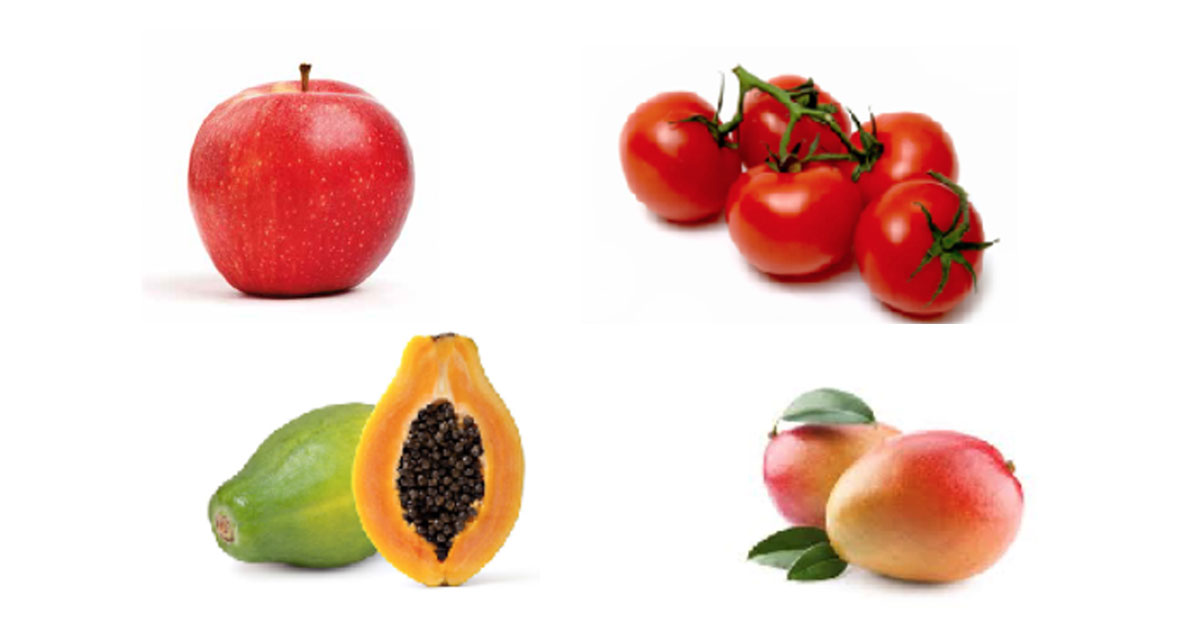Talking about fruit colour change means talking about the ripening process. All fruits undergo a ripening process, the speed and nature of which differ significantly from one plant species to another. Depending of the type of ripening process, which depends on the respiratory pattern and ethylene synthesis at an early stage of ripening, fruits may be classified into climacteric and non-climacteric fruits.
Climacteric fruits
Climacteric fruits are those in which ethylene is the main hormone responsible for ripening. In addition, these fruits can ripen after being picked, which explains why it is possible to buy an apple or avocado that is not fully ripe and let it ripen at home.
Some examples of climacteric fruits are apples, pears, bananas, melon, avocados, tomatoes, persimmons, peaches…
Non-climacteric fruits
Non-climacteric fruits are those in which ethylene plays a secondary role in the ripening process, which is therefore regulated by other hormones, such as auxins, abscisic acid, jasmonic acid or giberellins. Moreover, these fruits do not ripen after being picked and must therefore be harvested when almost fully ripe.
Some examples of non-climacteric fruits are oranges, lemons, olives, cucumbers, pineapples, aubergines, strawberries…
Our research on the ripening process
So far, the studies conducted on the regulation of ripening have been aimed at understanding more about the relationship and degree of dependence between ethylene and other regulators of the process. At LIDA Plant Research, we have focused our research on another type of ripening hormones. An example is jasmonic acid and its derivatives, which are well-known because of their relevance in plant protection and which, according to recent studies, seem to play an important role in fruit colouring and ripening.
At LIDA Plant Research we have developed cromar, a biostimulant that enhances red colouring in terms of both fruit surface area and colour intensity, thus allowing more fruits to be harvested in fewer harvesting passes. This reduces the load on the tree at first harvest and therefore stimulates colouring of the remaining fruits.
Click here to know more about the product: Cromar, biostimulant of the colouring process in apples.




